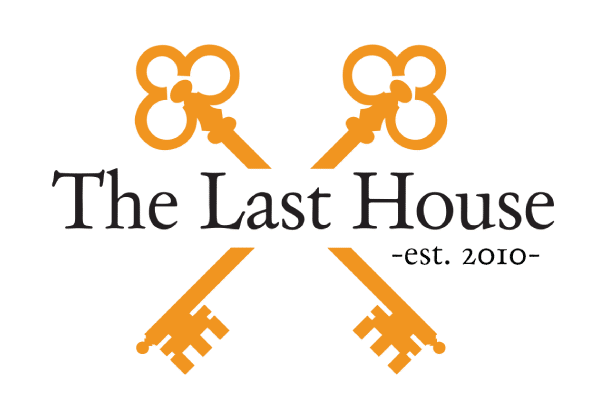
What are personal Boundaries?
Boundaries determine acceptable behavior. Safety cannot exist without boundaries. Imagine driving without any traffics rules, signs or lights! Boundaries simply exist to keep ourselves protected from harm. Personal boundaries work the same way. They are the emotional, physical and mental parameters we set for ourselves. Love and healthy relationships cannot exist without the enforcement of personal boundaries because they protect ourselves from disrespect, exploitation, manipulation, and violation.
There are many types of personal boundaries. Material boundaries govern whether and how much we give to others, such as money, items, etc. Physical boundaries relate to personal space and how close we let others get to us. Mental boundaries concern our values, opinions and thoughts. Emotional boundaries separate your own emotions from others. Sexual boundaries reinforce your level of comfort with sexual touch and experience. Spiritual boundaries apply to your beliefs and experiences with a higher power. Internal boundaries relate to your relationship with yourself.
Why are they important?
Setting personal boundaries is our way of establishing and communicating self respect, self esteem and self worth. Personal boundaries create individuality and keep us safe from external factors. Healthy personal boundaries are important because they allow you to take care of yourself and not let others define who you are.
Can you have too many or too little personal boundaries?
Personal boundaries come in three groups: rigid, porous and healthy. Rigid boundaries refer to too many boundaries. Meaning you don’t let others get close to you at all and avoid intimacy. Porous boundaries include too loose of boundaries. For example, sharing too much with others too quickly or tolerating someone crossing your own boundaries. Healthy boundaries are shown in sharing an appropriate amount of info, respecting other’s boundaries, and valuing your own opinion, and not compromising your own boundaries.
How do you know they are being crossed?
Boundaries can be both easy and difficult to detect. For example, someone who doesn’t have many personal boundaries themselves will most likely not be able to detect when they’ve crossed other’s boundaries. The first step in becoming aware of boundary crossing is to become more self aware. Asking yourself questions like the following can be helpful in gaining self awareness: Do I feel angry at certain people? Does something feel off when I am around someone in particular? Do I often times feel overwhelmed and burdened by others needs? Writing down lists and your expectations of others can help as well.
Why do boundaries get crossed?
Often times people who lack self awareness tend to be unware of their own boundaries and therefore lack the awareness of other’s boundaries. People who have grown up in households with few boundaries often grow up to have issues with boundaries. Some people cross boundaries to take advantage and manipulate others.
Boundaries are crossed because they can be both confusing and conflicting. Sometimes boundaries are not clear all the time and also vary from culture to culture. Additionally, personal boundaries are often not reinforced enough in childhood and teach children that their own boundaries are not important. For example, parents will pressure their children into hugging a relative that they don’t feel comfortable with. This reinforces the idea that their boundaries are not important and that it is okay for others to do things to them they don’t like and to ignore your own boundaries. Furthermore, because we are all unique and imperfect, boundaries are bound to get crossed from time to time. It’s impossible to know other people’s boundaries all the time and to never cross any. For example, when meeting someone for the first time, you don’t list off all your boundaries right away. Boundaries are learned over time and are usually enforced when they have been crossed. The important thing is that we listen to our own and other’s boundaries and do not habitually or intentionally cross or ignore them.
How do you set them?

Your tone is very important when setting boundaries. The most effective way to set boundaries is with a calm, clear and assertive tone. You can also communicate the clear consequences. More
importantly knowing your own boundaries is the first step in setting them. Developing self awareness is key. Second, it is imperative that you understand you have a right to your boundaries. Third, let go of how others may react. We cannot control how others react to our boundaries. If someone does not want to respect them or does not care for you because of them, then they may not be a safe person to have in your life. Finally, practice setting boundaries. Role playing with someone can be helpful. The more you set boundaries the easier it will get.
















